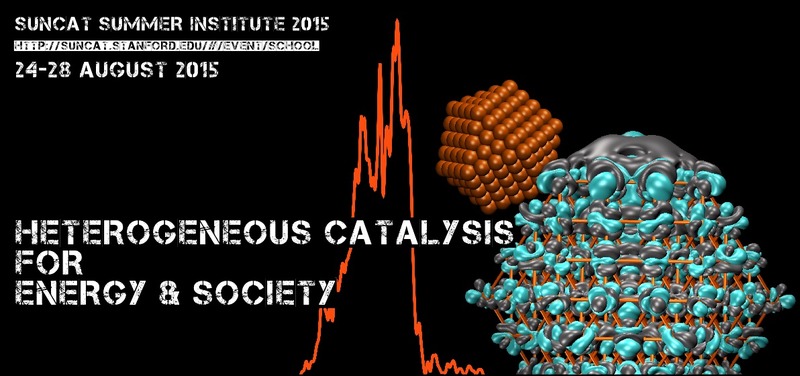 24-28 August 2015
24-28 August 2015
Registration
Catalysis is a central technology enabling chemical transformations to fuels and chemicals and as such plays a crucial role in our society and its energy production. Energy-heavy processes are heavily dependent on heterogeneous catalysis.
This summer school aims to give the participants a thorough introduction to the fundamental concepts underlying heterogeneous catalytic reactions with a special focus on energy transformations relevant for our current and future society.
The theoretical and experimental tools for establishing an atomic-level understanding of surface structure, and surface chemical, electrochemical, and photo-electrochemical processes will be discussed in detail in lectures and the participants will be carrying out exercises on the topics covered. The school is aimed at graduate students as well as early career researchers in chemical engineering, chemistry, physics, or materials science, with an interest in experimental or theoretical studies of surface chemical processes and their applications in energy transformations, environmental and general chemical processes.
This summer school will consist of tutorials covering the fundamentals in heterogeneous catalysis, lectures given by invited experts in the field of heterogeneous and energy related catalysis, a hands-on project to be completed by each student and poster sessions where each student will present their own work.
We look forward seeing you all.
Organizing committee,
Aleksandra Vojvodic
Felix Studt
Frank Abild-Pedersen
Jakob Kibsgaard
Jens K. Nørskov
Jens S. Hummelshøj
Johannes Voss
Thomas Bligaard
Tom F. Jaramillo


